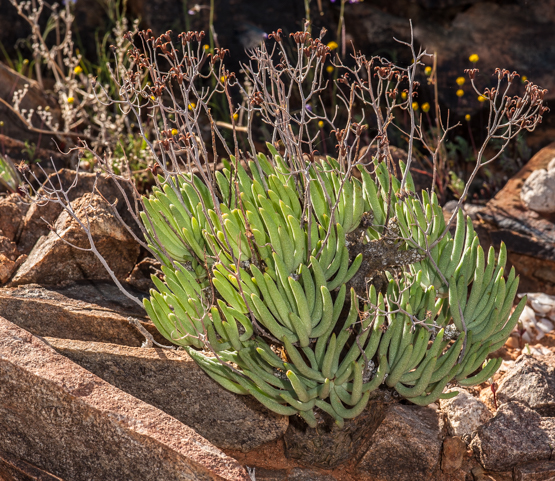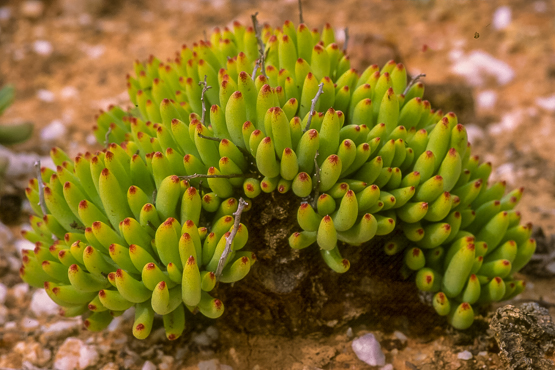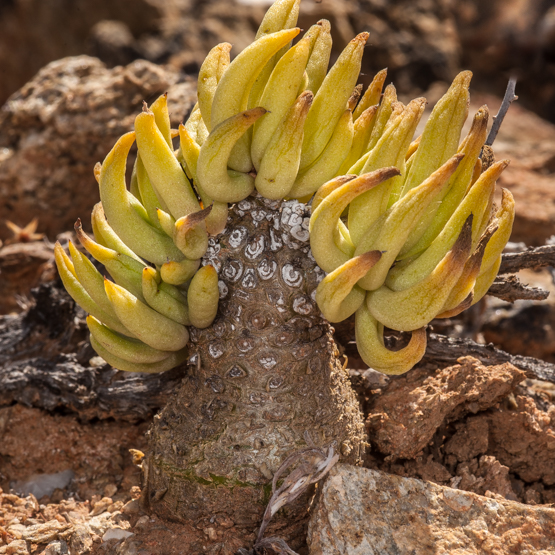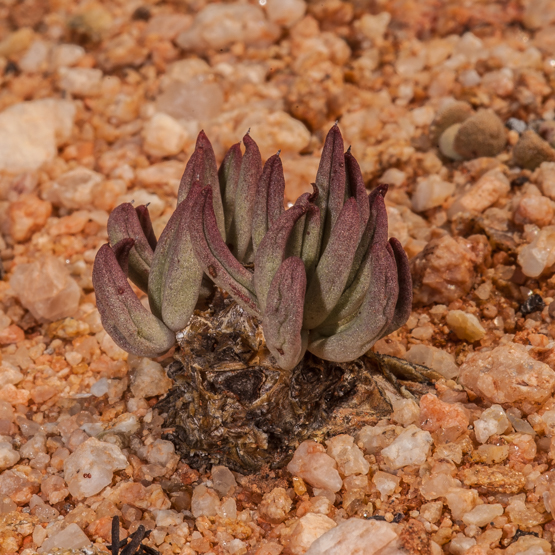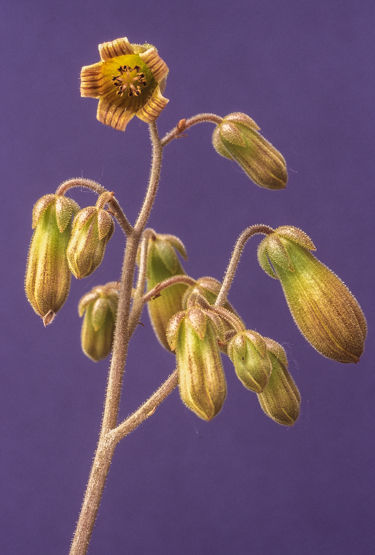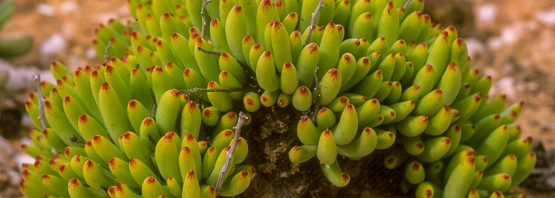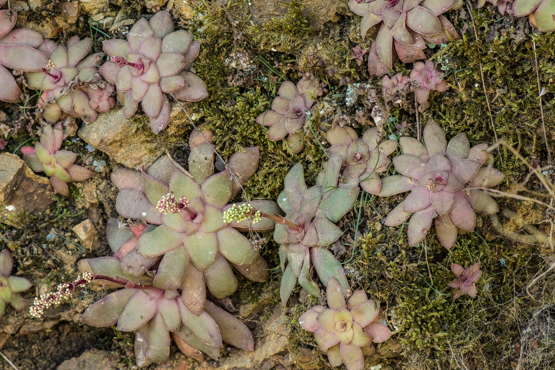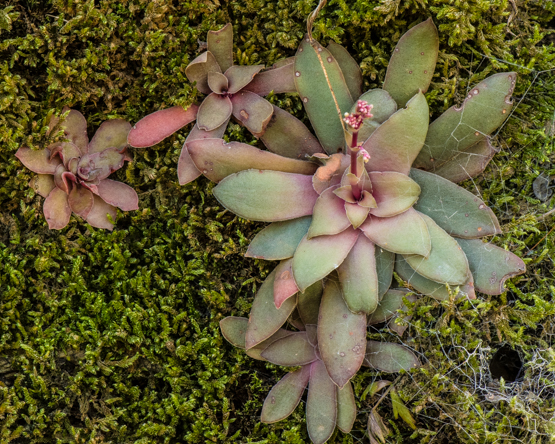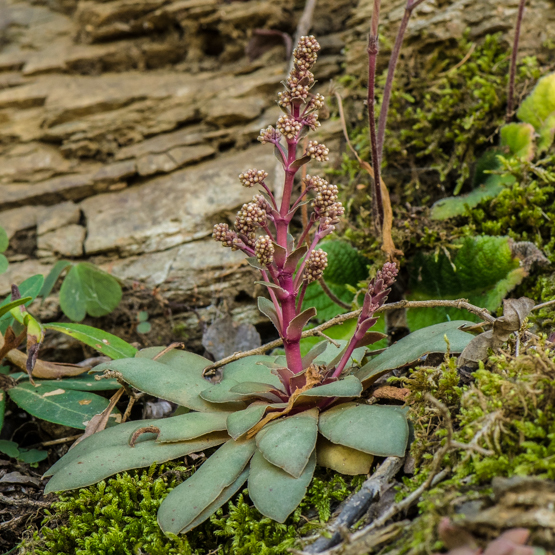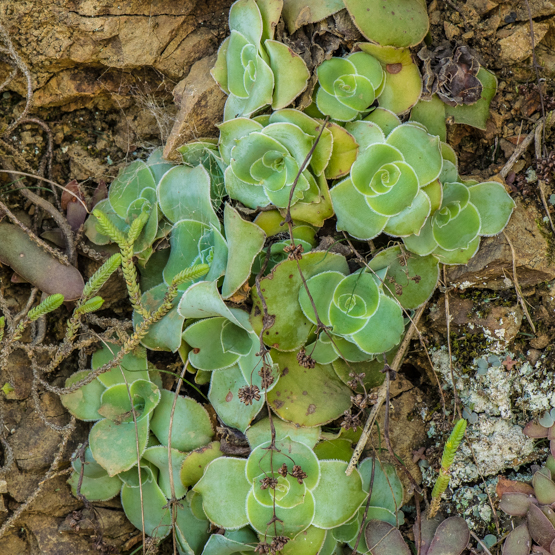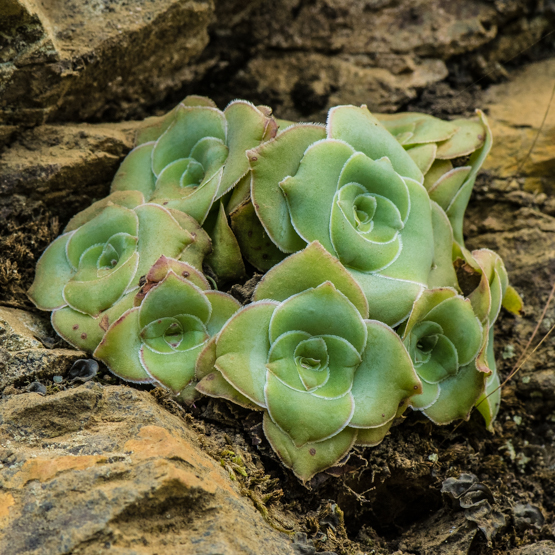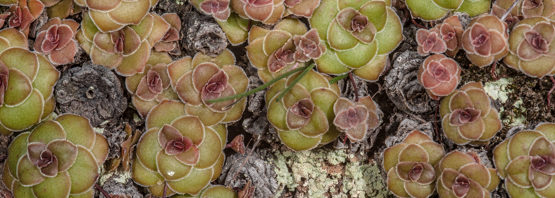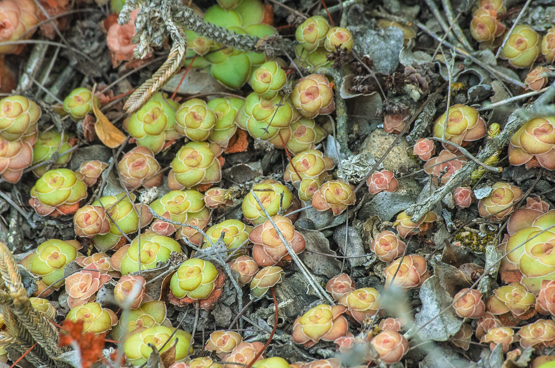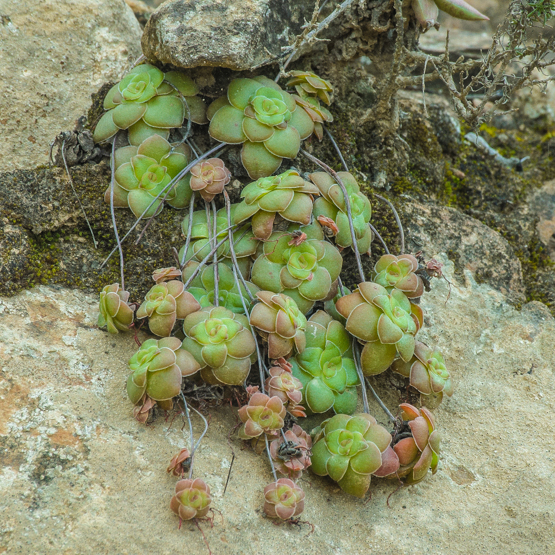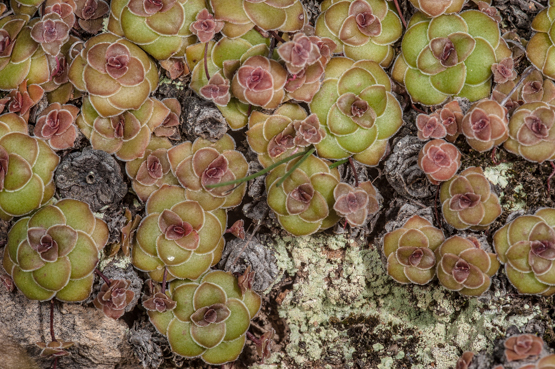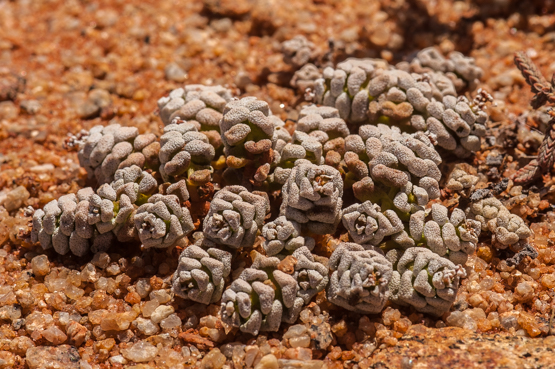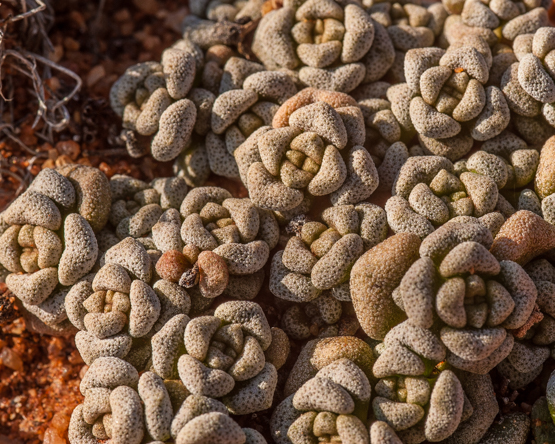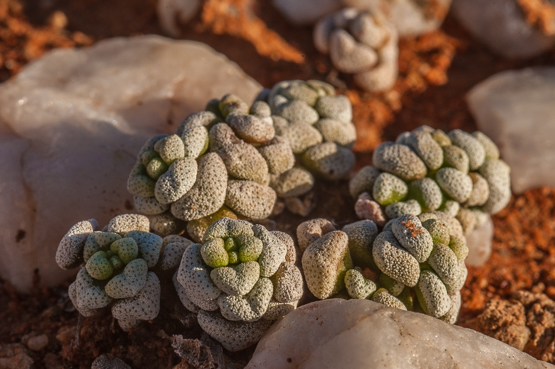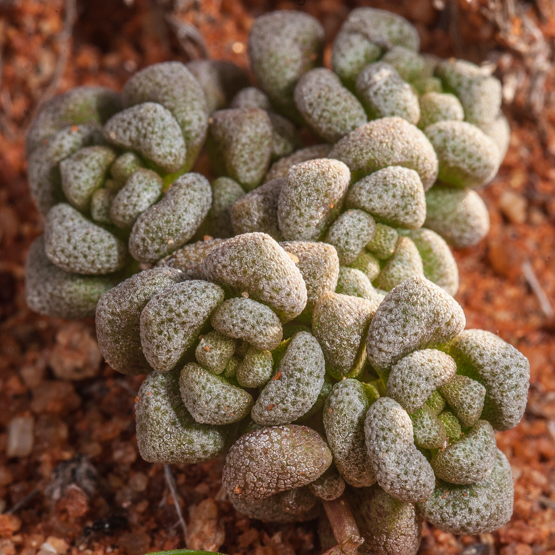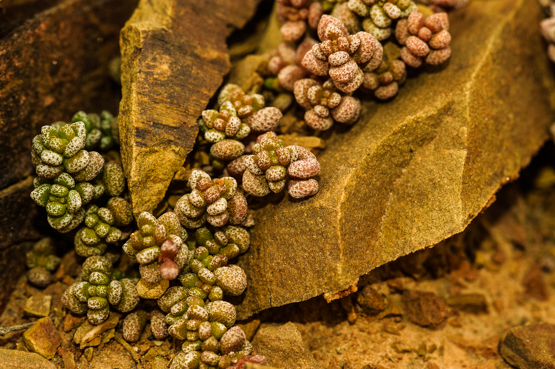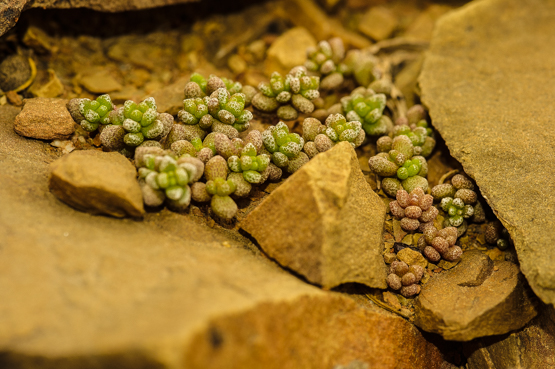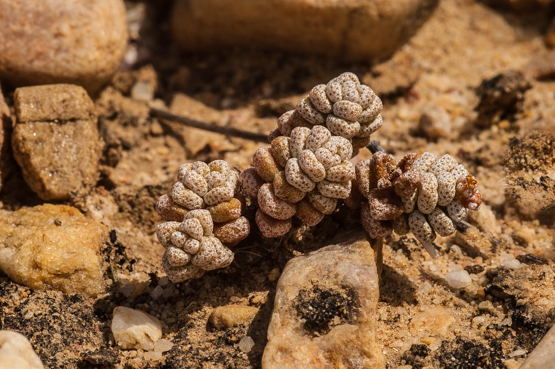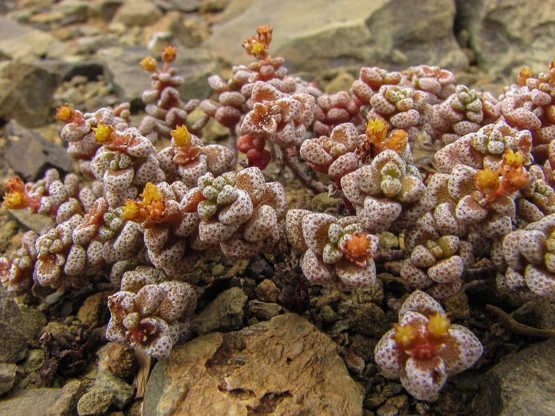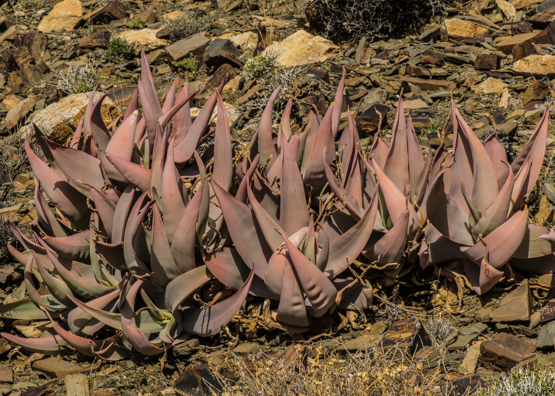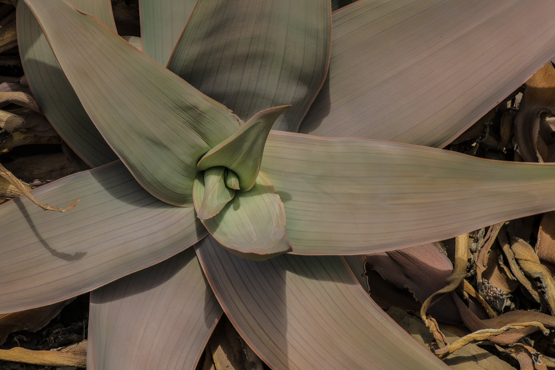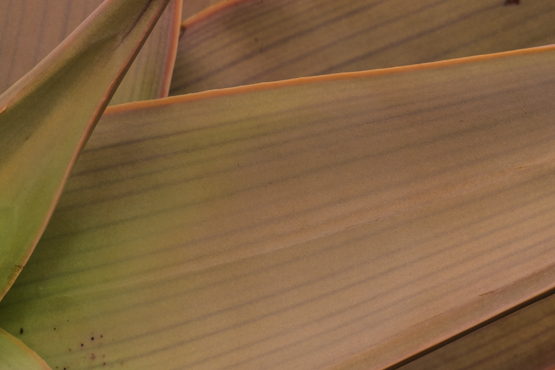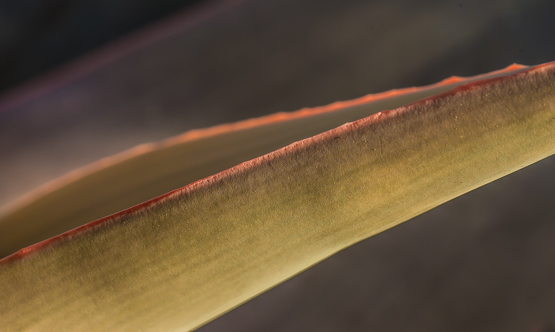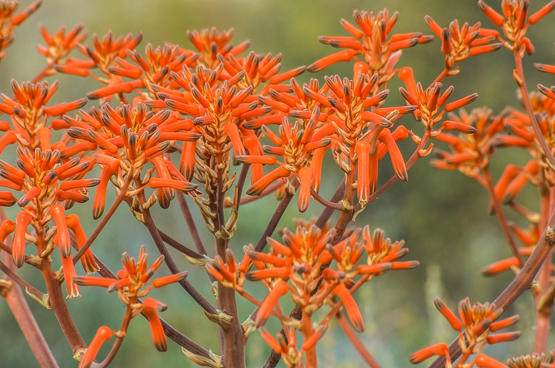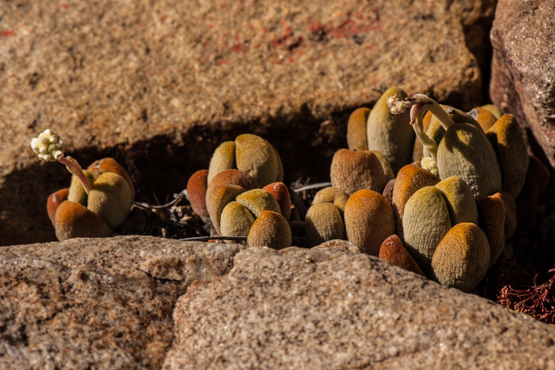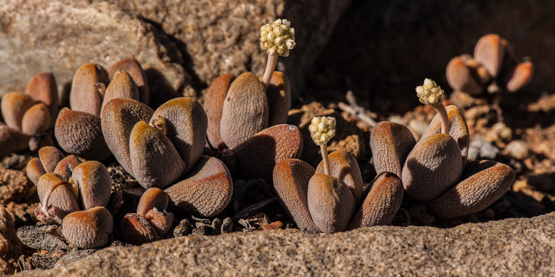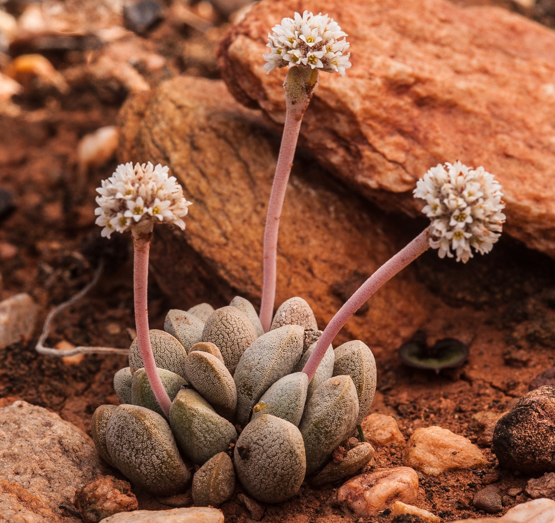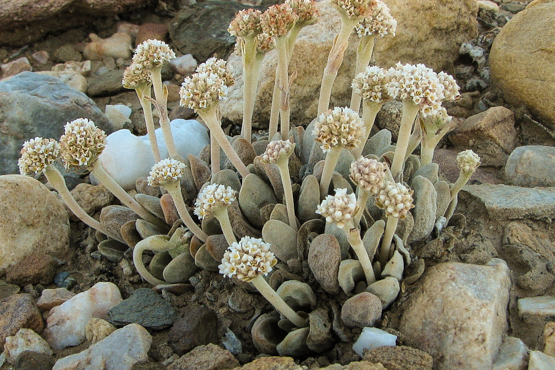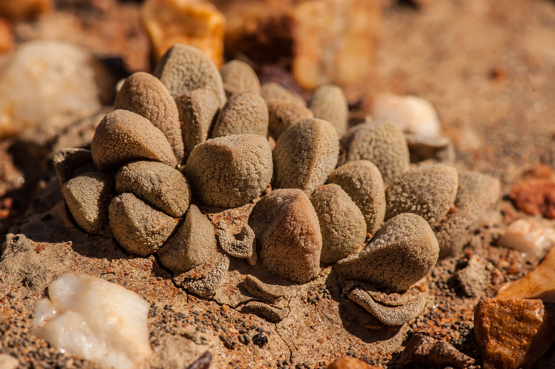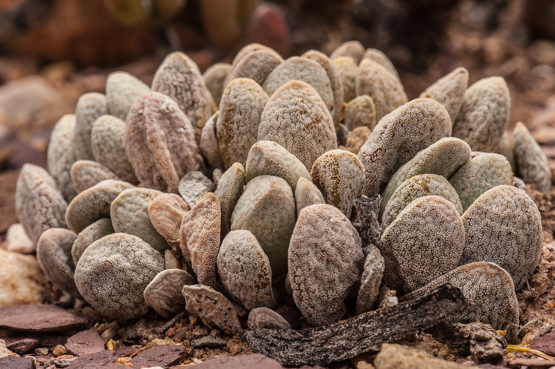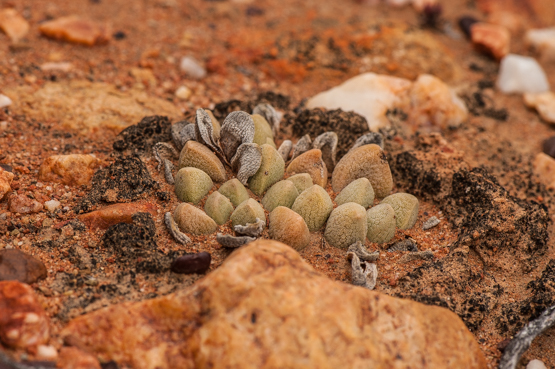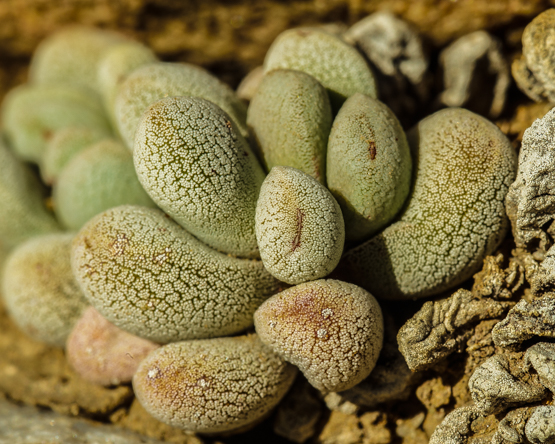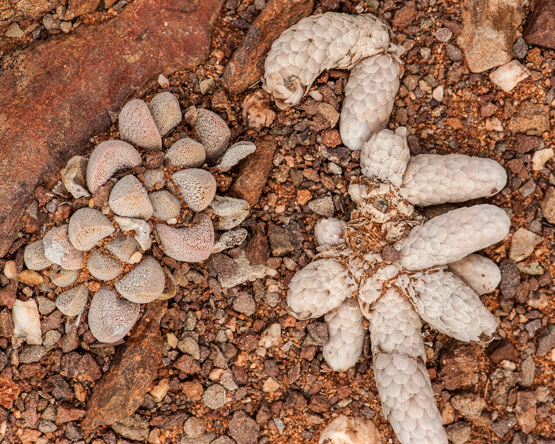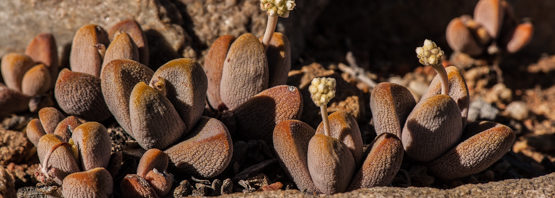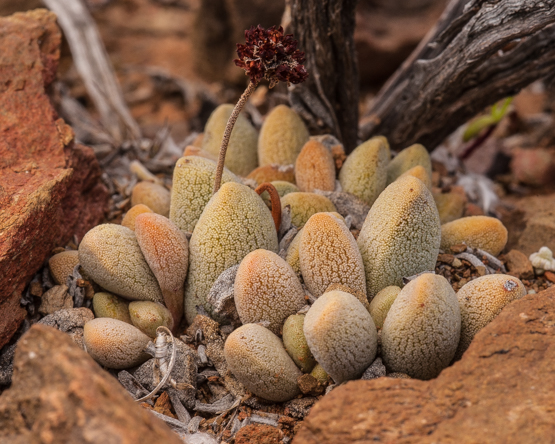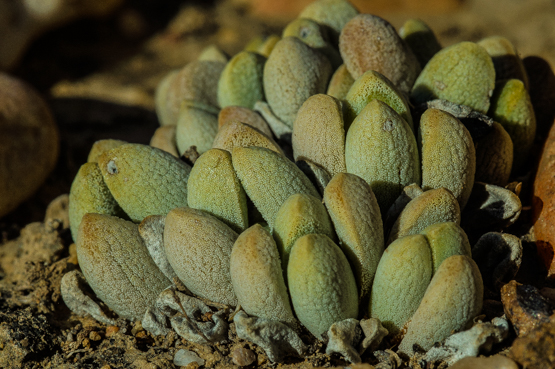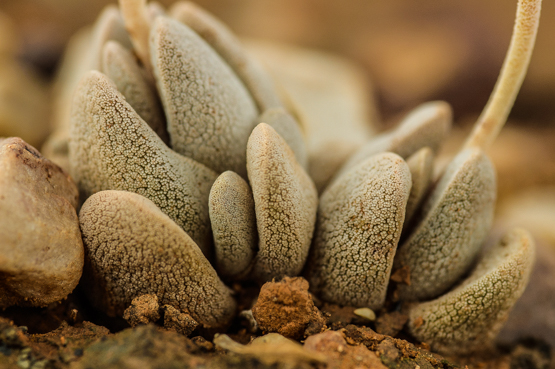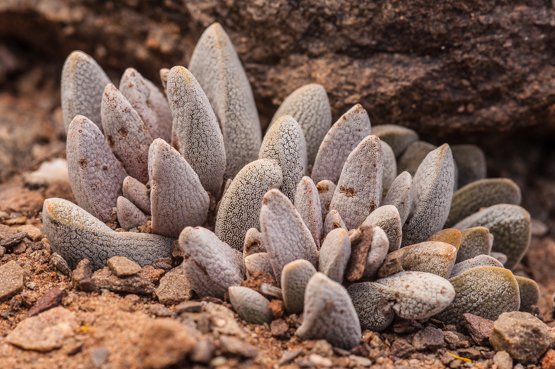Early November 2012, I published my first post in “Enjoy succulents”.
Almost exactly 3.5 years later, 399 posts have followed. To be honest, I’m quite astonished by this number.
When I started writing this post and looked back to see if there was anything that warranted dwelling on, there were two facts that jumped out:
— By far the most visited post is the one on Crassula umbella. Since it was published in September 2013, it has consistently drawn many more visitors than any other one. To be more precise: almost five times more than the second in line. Of course, it is an interesting species, but that goes for many, many others, so what makes it so exceptional? When I discussed it with my wife, she came up with the one question I should have asked myself: could it be because little mention of it is made on the internet? And yes, when you google Crassula umbrella, my post comes up first. So it is something like being one-eyed in the land of the blind.
— The other thing is the following. Now and then I publish a post that has a couple of good pictures and some nice text, with maybe some unusual or not generally known facts. Because I like the post myself, it seems natural to expect some positive comments by readers, but there is no apparent relationship.
On the other hand, when I publish something which I am not really happy with, people are often enthusiastic about it.
Well, maybe I just do not have a clear idea what visitors like and expect. If anybody could throw some light on this, I would be most appreciative!

